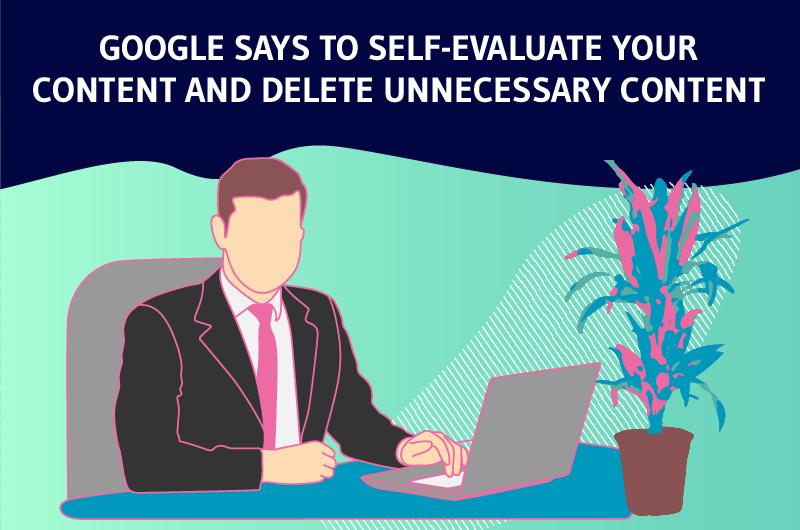Creating content that resonates with users and delivers value is crucial to search engine success. Google, being the dominant search engine, continually updates its algorithms to prioritize useful and relevant content.
Whether you’re a website owner, blogger or content creator, it’s essential to regularly self-assess your content and remove any unnecessary elements.
In this guide, we explore the valuable information and guidelines provided by Google to ensure your content remains relevant, informative and compliant with its policies.
A webmaster’s question about managing useful content in Google search
Marie Haynes reached out to Danny Sullivan, who serves as Google’s Search Liaison, for clarification on how to implement a useful content update by “weeding out unnecessary content.”
Hi @searchliaison. Google’s documentation on the helpful content system talks about recovering by "removing unhelpful content" in order to get the unhelpful content classification removed.
– Marie Haynes (@Marie_Haynes) September 1, 2023
Any chance we could get more clarity on this?
Do you mean:
-remove parts of pages that… pic.twitter.com/wNkQEcfRSa
Marie’s question was quite detailed:
“Google’s documentation on the useful content system talks about recovery by removing useless content” in order to remove the classification of useless content.
Any chance we can get more clarity on this?
Do you mean to:
- Delete parts of pages containing large amounts of text that readers are likely to ignore?
- Delete entire pages that offer little original value?
- Perhaps both?
Does a site have to delete useless content published in the past in order to recover it? Or could they simply concentrate on producing useful, original content from now on. Would that be enough?
The answer from Danny Sullivan, Head of Google Search Liaison

Danny’s response was fairly brief:
”People need to self-assess their content to understand if they think it will be useful to visitors. Keep content on pages or whole pages or whatever they think is useful. Get rid of the stuff that isn’t, if they look at it critically as a visitor.”
People should self-assess their content to understand if they believe it will be helpful to visitors. Keep content on pages or entire pages or whatever they believe is helpful. Get rid of things that aren’t, if they’re looking critically at them as a visitor.
– Google SearchLiaison (@searchliaison) September 1, 2023
Self-assessing your own content can be a complex task. In such cases, it can be advantageous to seek the advice of a third party. What’s more, it’s generally advisable to improve content rather than delete it permanently.
However, this decision depends on a number of factors, such as the website in question, the overall context of its content, and the nature of the subject matter. Careful consideration should be given to whether or not content enhancement is possible.
How does Google’s useful content system work?
The aim of this system is to reward web pages that provide a positive experience for users, as opposed to those that fail to meet their expectations.
It generates a global signal at website level, which is taken into account among the many other signals used in Google search. It automates the identification of content that seems to lack interest or added value, or that is of little use to users.
Here’s what Google says in its documentation:
”Any content, useful or not, on sites identified as mainly publishing information without added value, will be less likely to rank well in Google search results, if other online content is more relevant. That’swhy we advise you to remove unnecessary content.”
”In other words, some people-first content on sites classified as not useful can still rank well, if other signals indicate that it is useful and relevant to a query.”
This system improves the quality of search results by eliminating irrelevant or less valuable content. As a result, Google users are more likely to find relevant and useful information when searching online.
How to identify useless content on a website?
To identify useless content, it’s essential to carry out a content audit and assess user engagement.
This involves looking for sections containing a lot of text that users can ignore, pages lacking in originality and obsolete data.
Once superfluous content has been identified, it’s essential to remove or revise it in order to improve the overall quality of your website.
This will promote a more satisfying user experience and enhance the relevance of your information to your target audience.
To sum up
In conclusion, self-assessment, removal of unnecessary content and improvement of existing content in line with Google guidelines are essential to maintaining a strong digital presence. What’s more, it helps keep your website fresh, attractive and useful to your visitors.



